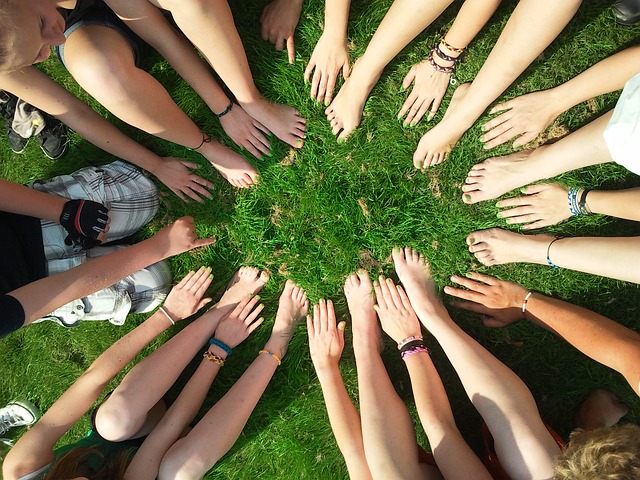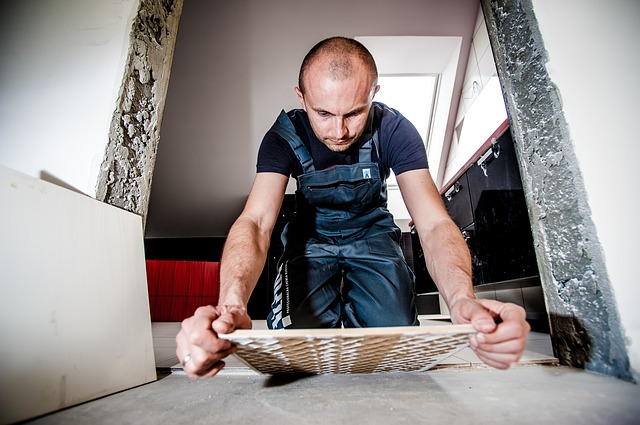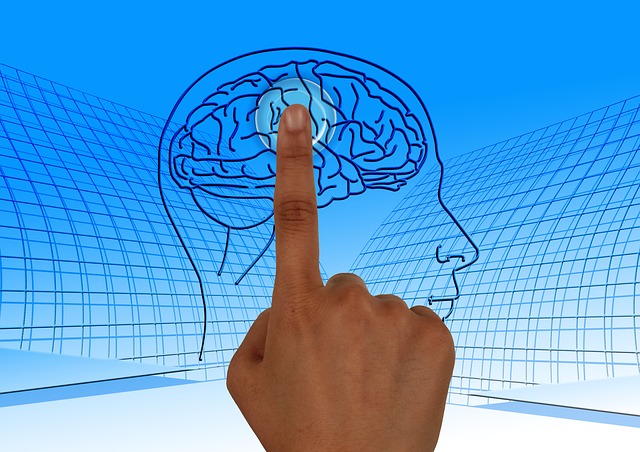Ginny Whitelaw, biophysicist and global leadership coach, understandably frames leadership in terms of energy and resonance. She explains that as humans we are made up of matter and energy – matter in the form of blood, skin, bones and energy in the form of our mind. Ginny notes that the leadership function entails concentrating energy, your own and that of your followers, to create an organisational vision (capturing emotional as well as intellectual energy); develop the culture of a team (through energy alignment); and promote innovation (turning creative energy into new products, services and structures). She explains that energy is always on the move, in constant transformation and continuously vibrating. Her new book, Resonate, to be released in 2020 explores these concepts in depth and their many leadership applications.
Resonance – synchronous vibration
One way to define resonance is synchronous vibration. For example, a room or a musical instrument is described as resonant when it amplifies sound vibrations and extends them by vibrating at the same time. Ginny provides the example of making a loud sound over an open grand piano and noticing that some strings vibrate, and others do not – the strings that vibrate match the vibrations in your voice. When things operate synchronously, we say that they are “in synch”. So, in Ginny’s perspective, leadership is about creating real change and making a difference by achieving synchronisation of energy, our own and that of our followers – in other words, generating resonance. She describes a leader as an “energy concentrator”.
Blocks to leadership resonance
Through her study of biophysics and martial arts (5th degree Aikido black belt), Ginny came to realise the very close connection between mind and body and the role vibration and energy play in human consciousness (the resonance theory of consciousness). Her role as a senior leader in NASA, coordinating the 40 groups that supported the International Space Station, enabled her to understand that coordination involved energy alignment and resonance (vibrating “in synch”).
Ginny’s experience with martial arts and Zen philosophy heightened her awareness of the mind-body connection. For example, she explains that fear holds back our achievements as leaders because it distorts our resonance – blocks our energy emission and reception. She suggests that as leaders we need to go beyond our triggers that create fear in our mind and body. The fears may have their origin in adverse childhood experiences or the negative self-stories that arise through our inner critic.
Ginny likens the effect of fear to the dampening of resonance created when several socks are placed inside a bell. Even a bell designed especially for resonance will sound dull and clunky when the socks are inside it. The socks are metaphors for our mental and physical blockages – the things that stop our personal resonance. Our challenge as leaders is to remove the blockages – so that our voice is “as clear as a bell”.
Removing the blocks to leadership resonance
Ginny discovered through the impact of deep breathing on her asthma that clearing blockages requires being still, mindful breathing, and other mindfulness practices such as meditation, Tai Chi and yoga. Reconnecting with nature and the multiple sources of energy in the environment also help to rebuild personal resonance. Ginny explores relevant practices and exercises in her book The Zen Leader.
When you can achieve a level of integration between your thoughts, emotions and body you free up yourself to become your more “resonant self’. Ginny explains that by achieving this integration we can emit a “clear signal” and “bring our one clear note to achieve our purpose” as a leader.
Reflection
I can relate fully to the concept of leadership as resonance having been involved in many minor and major change endeavours as a leader in organisations and in community. The concept of energy emission and reception resonates strongly with me. I also find that as I grow in mindfulness, I am better able to tap into my creative energy, enhance my ability to tune into others’ focus and energy and contribute to a purpose that is greater than myself. Removing the personal blockages to my “one clear note” is a lifetime pursuit – a journey into mindfulness through meditation, Tai Chi and other mindfulness practices.
____________________________________________
Image by Valiphotos from Pixabay
By Ron Passfield – Copyright (Creative Commons license, Attribution–Non Commercial–No Derivatives)
Disclosure: If you purchase a product through this site, I may earn a commission which will help to pay for the site, the associated Meetup group and the resources to support the blog.









